25 Iconic Logos and The Simple Reasons Why They Work
Every entrepreneur, at some point, gazes at an Apple or Nike logo and thinks, “I need that.”
They often mean “I need that impact,” but the path to that impact is rarely understood.
Most analyses of iconic logos are, frankly, shallow. They shower praise with vague terms like “timeless” and “memorable” without explaining the mechanics.
This isn’t another soft-focus gallery. This is a no-nonsense breakdown.
We’re dissecting 25 truly iconic logos to expose the brutally simple, often overlooked design principles that make them practical business tools.
- Simplicity: Simple marks are easier to recognise, reproduce, and adapt across media, making them strategically effective.
- Memorability through clarity: Distinctive, well-kerned typography or a clever but unobtrusive visual trick boosts recall.
- Versatility: Logos must work in black-and-white, tiny app icons, billboards, and on varied materials without losing impact.
- Appropriateness and consistency: Align design with industry and audience, then apply relentlessly to build recognition and trust.
- Function over explanation: A logo is an identifier, not an infographic; avoid clutter and let the brand fill the mark with meaning.
What Actually Makes a Logo ‘Iconic’?
A logo doesn’t become iconic because it’s a piece of art. It becomes iconic because it’s a functional, hardworking asset for a brand that has invested heavily in its story and product. The design simply facilitates that recognition.
Here are the core principles we’ll use to analyse each example. These are the levers you can pull, not mystical qualities to wish for:
- Simplicity: A logo must be easy to recognise, process, and recall. Complexity is the enemy of memorability.
- Memorability: It must be distinctive enough to stick in the mind, even among competitors.
- Versatility: Can it work in black and white? On a billboard? As an app icon? Stamped on a pen? If not, it fails.
- Appropriateness: Does it align with the industry and the target audience? A toy company needs a different feel than a law firm.
- Timelessness: Truly iconic logos avoid fleeting trends, opting for enduring appeal. This is harder than it sounds.
The 25 Most Iconic Logos Ever Created
We’ve grouped these logos by the primary design lesson they hammer home. Pay attention to the why, not just the what.
Category 1: The Masters of Ruthless Simplicity
These brands understand that less isn’t just more; it’s practically everything. Their logos identify, nothing more, nothing less.
1. Apple
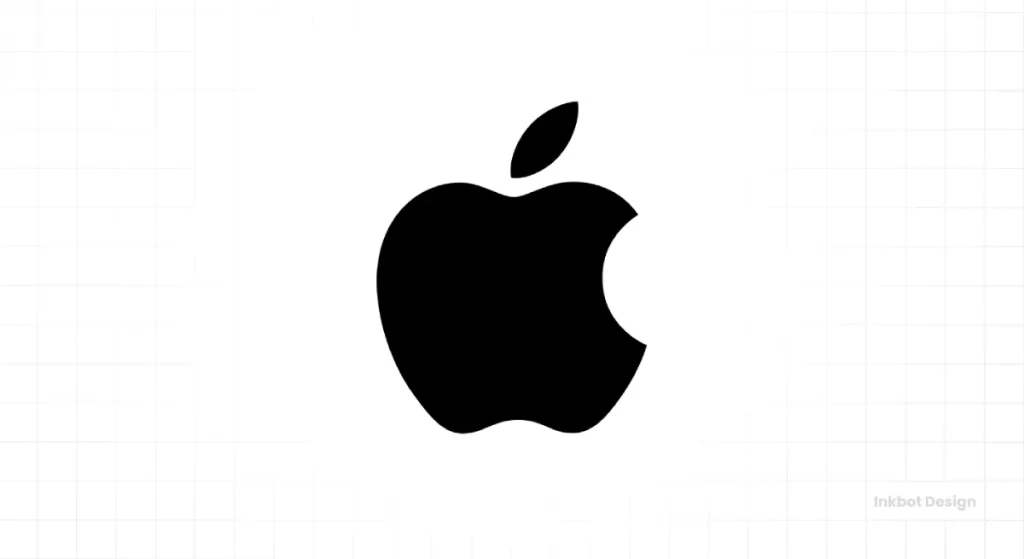
The Lesson: Absolute minimalism. The bitten apple is instantly recognisable. It doesn’t scream “computer” or “innovation”; it just is. Its monochromatic nature and simple form allow it to adapt to any product or marketing campaign without visual conflict. The bite adds enough character to prevent it from being a generic circle, providing a subtle human touch.
2. Nike
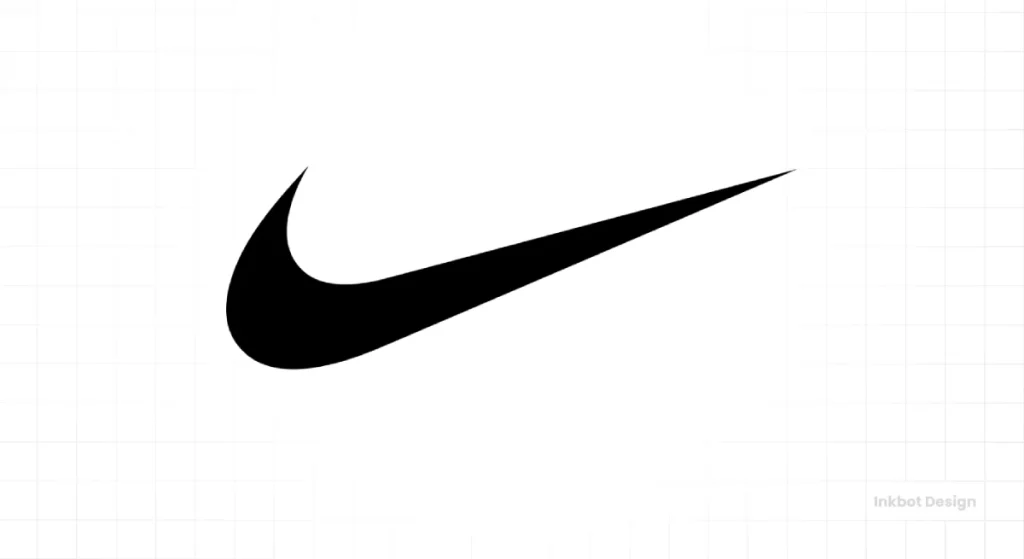
The Lesson: Dynamic simplicity. The “Swoosh” is one of the most famous logos globally, yet it’s just a checkmark-like curve. Its success isn’t in its inherent meaning (it had none initially) but in Nike’s relentless association of that simple shape with athletic achievement, speed, and victory. It’s a powerful, versatile mark functions brilliantly on shoes, apparel, and digital interfaces.
3. Target
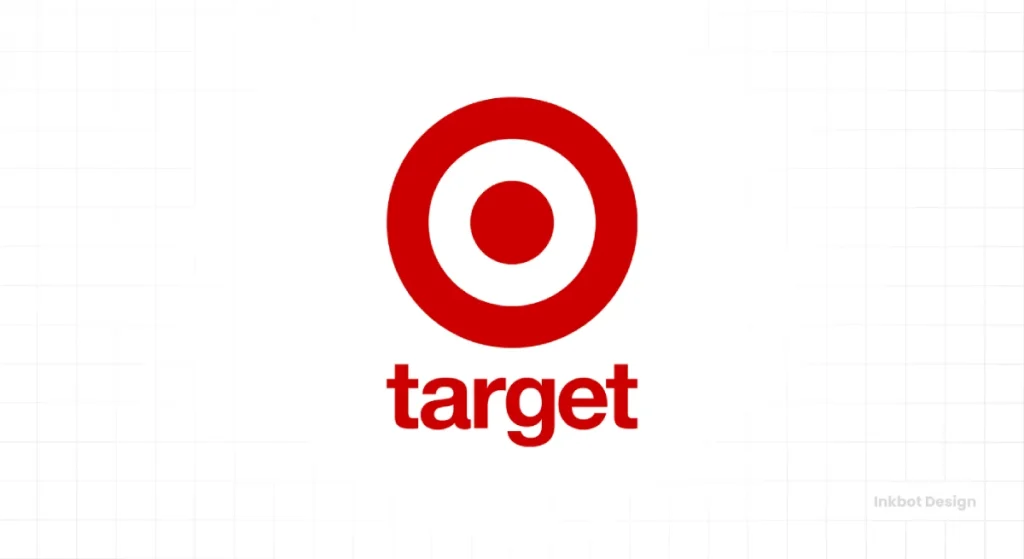
The Lesson: Direct and literal representation. A bullseye. Simple, clear, and perfectly aligned with the brand name. It’s a logo that explains itself without needing a single word, embodying the idea of “hitting the mark” for customers. It’s also incredibly scalable and effective in any colour or context.
4. McDonald’s
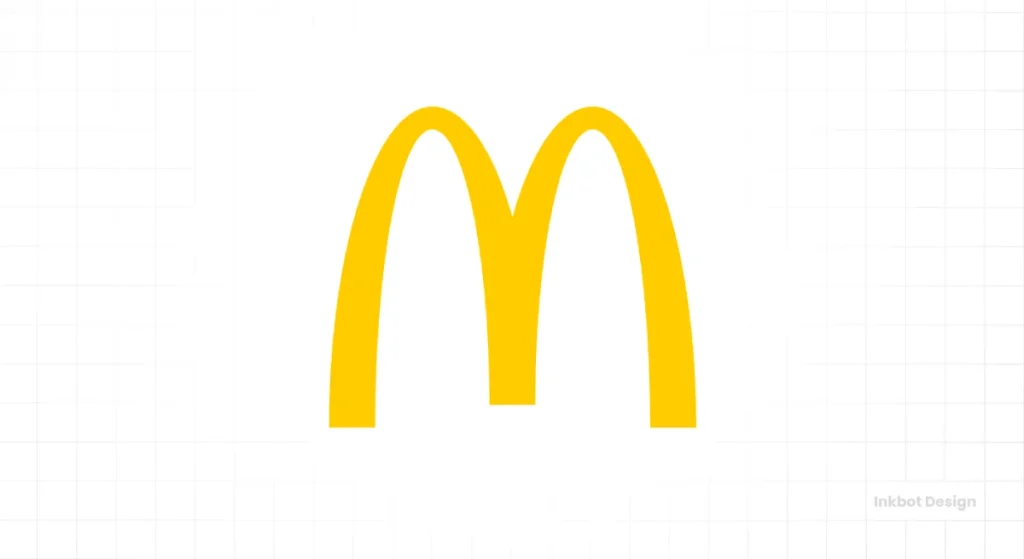
The Lesson: Form recognition over explicit meaning. The Golden Arches are literally just the letter ‘M’ rendered in an architectural style. Its power comes from ubiquity, consistent association with fast food, familiarity, and a specific experience. It’s a cultural landmark more than just a brand mark, demonstrating how repetition builds meaning.
Category 2: Geniuses of the Clever Concept
These logos go further, subtly embedding a secondary message or visual trick that enhances memorability without clutter.
5. FedEx
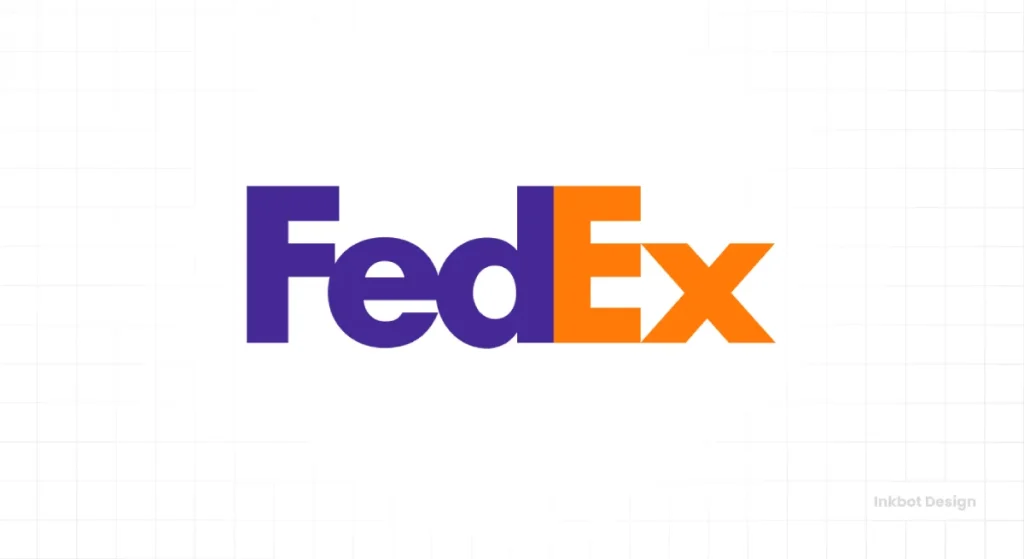
The Lesson: Negative space with purpose. My pet peeve is people fixating on the hidden arrow between the ‘E’ and ‘x’. Yes, it’s clever. But the real genius of the FedEx logo is its impeccable typography, kerning, and the bold, confident contrast between the purple and orange. The arrow is a delightful bonus, but it’s not why it’s effective. It showcases precision and speed, but the logo works even if you never spot it.
6. Amazon
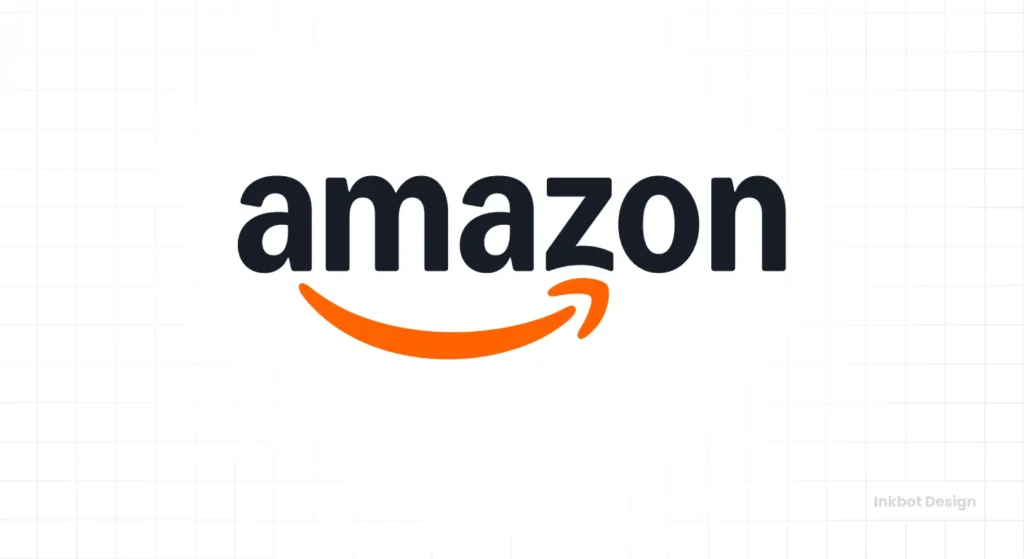
The Lesson: Storytelling through subtle elements. The Amazon logo combines its name with a smile-shaped arrow extending from ‘A’ to ‘Z’. This signifies two things: they sell everything from A to Z and aim for customer satisfaction (the smile). It’s incredibly effective without overly complex, and the orange adds a friendly, approachable touch.
7. Baskin-Robbins
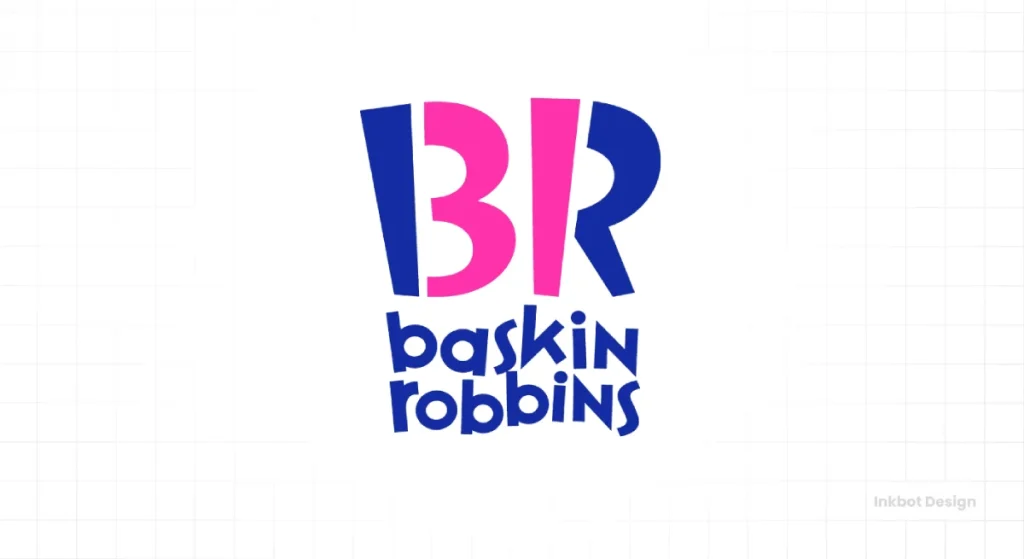
The Lesson: Numerical integration. The ‘BR’ in their old logo cleverly incorporated the number ’31’ into the negative space, representing their original offering of 31 ice cream flavours. It’s a playful, integrated design that subtly communicates a key brand differentiator. This shows how elements can serve multiple purposes.
8. Toblerone
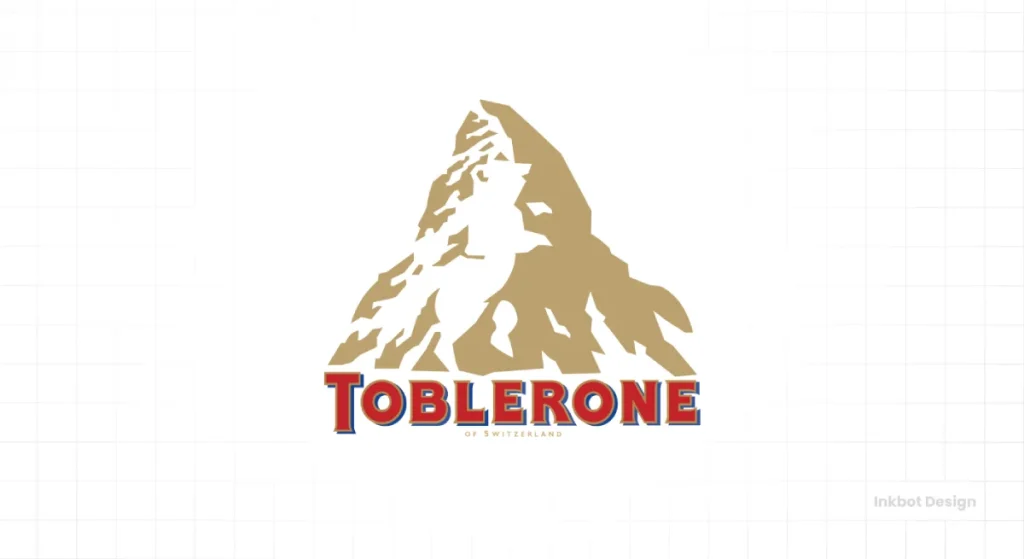
The Lesson: Contextual hidden imagery. Look closely at the mountain peak in the Toblerone logo. You’ll find a bear within the negative space, referencing Bern, Switzerland – “The City of Bears” – where the chocolate originated. It’s a charming detail that connects the product to its heritage, adding depth without visual noise.
Category 3: Typographic Legends That Speak Volumes
Some brands prove that the font choice, spacing, and arrangement of letters are all you need. These logos are masterclasses in logotype design.
9. Coca-Cola
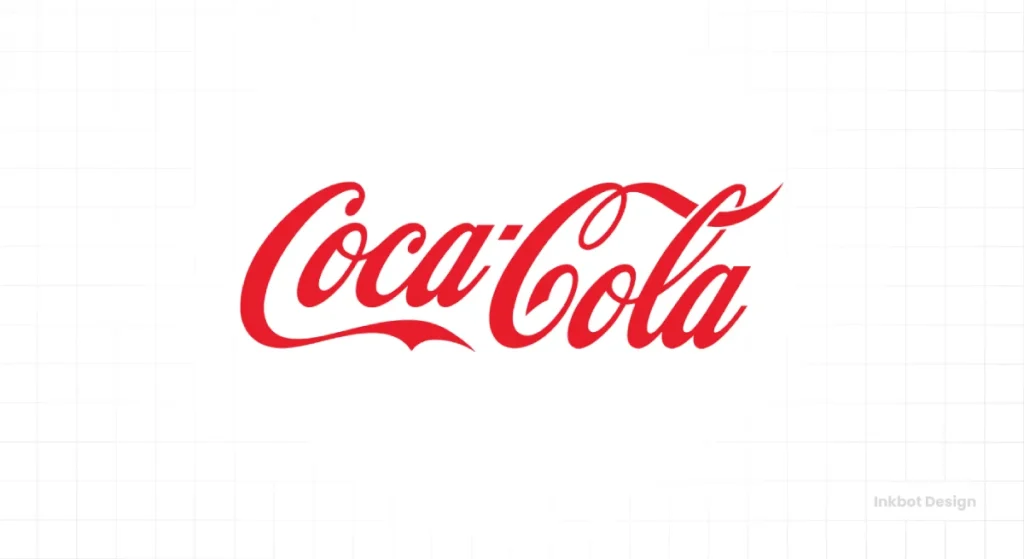
The Lesson: Enduring script and brand equity. The Spencerian script logo has been in use since 1887. Its longevity has made it iconic, but let’s be honest, by modern design standards, it’s visually busy. Its power comes from over a century of consistent application and billions in marketing, not its inherent simplicity. It’s iconic despite its complexity, a testament to brand momentum. Perfecting typography isn’t an accident; it’s the foundation of a professional
10. IBM
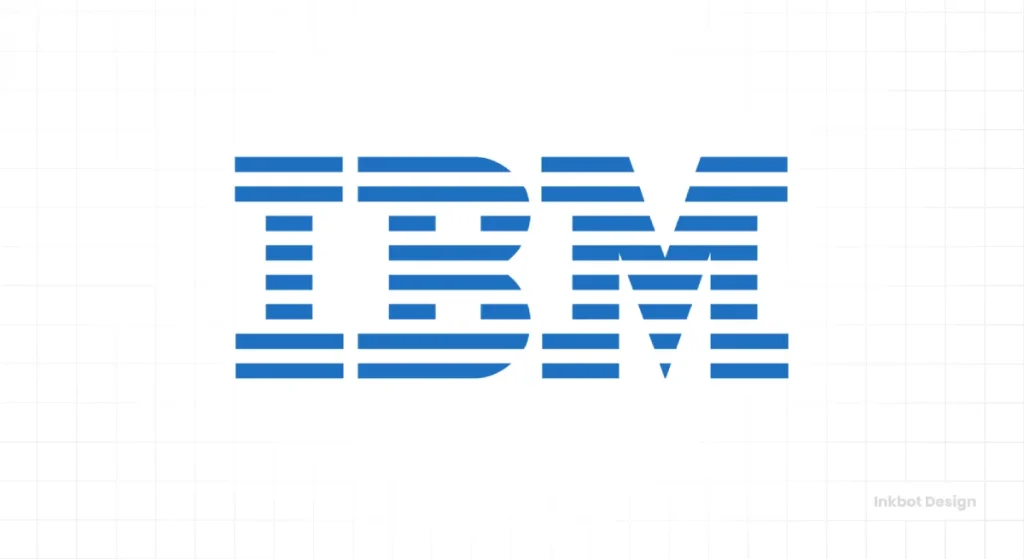
The Lesson: Stripes for technology and dynamism. Paul Rand’s 1972 redesign of the IBM logo introduced horizontal stripes, representing speed, dynamism, and the company’s electronic nature. It made a previously solid, somewhat static logotype feel modern, energetic, and distinct. It’s a masterclass in how subtle graphical elements can transform a wordmark.
11. NASA
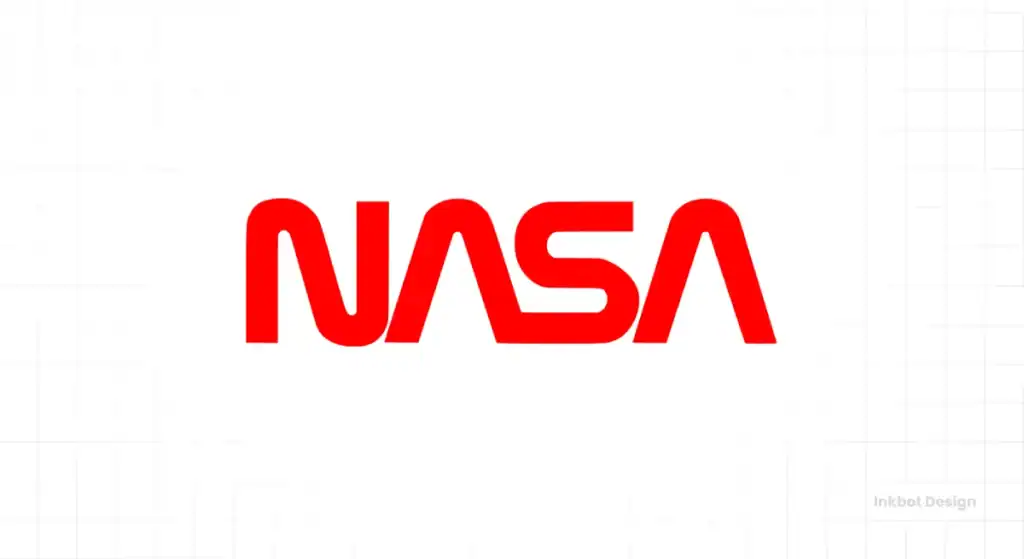
The Lesson: Timeless clarity and evolution. NASA has had several logos, but the “worm” logotype from 1975, with its smooth, futuristic red lettering, is often celebrated for its simplicity and modernity. It was later replaced by the “meatball” logo, demonstrating that even iconic organisations sometimes adjust their visual identity. Both are effective in different ways, but the worm’s minimalist aesthetic remains a design touchstone.
12. Google
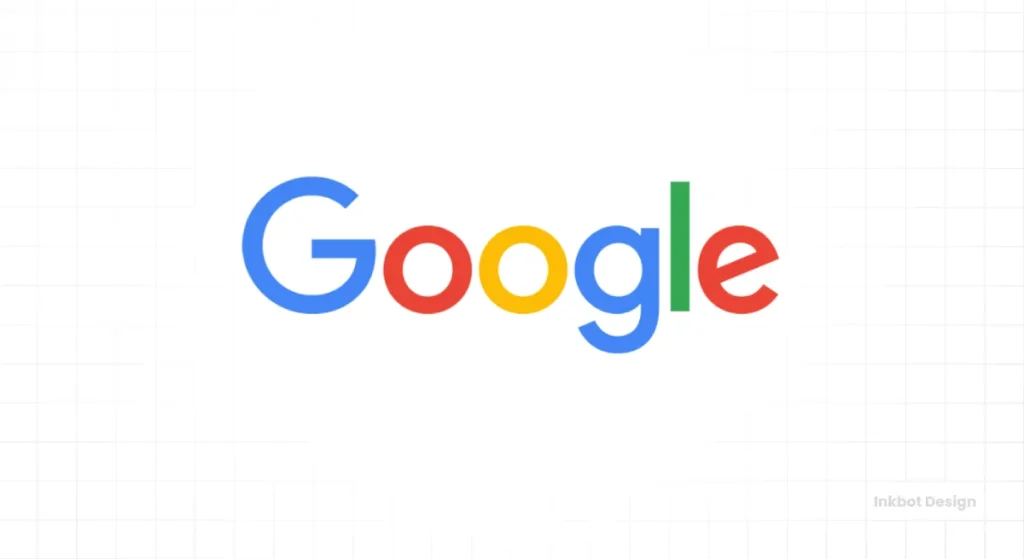
The Lesson: Playfulness and accessibility. While changing fonts, Google’s logo has always maintained a simple, sans-serif wordmark with distinct colours. It’s approachable, friendly, and instantly recognisable. Its power lies in its ubiquity and the immediate association with searching and information. It doesn’t try to be clever; it just is.
13. CNN
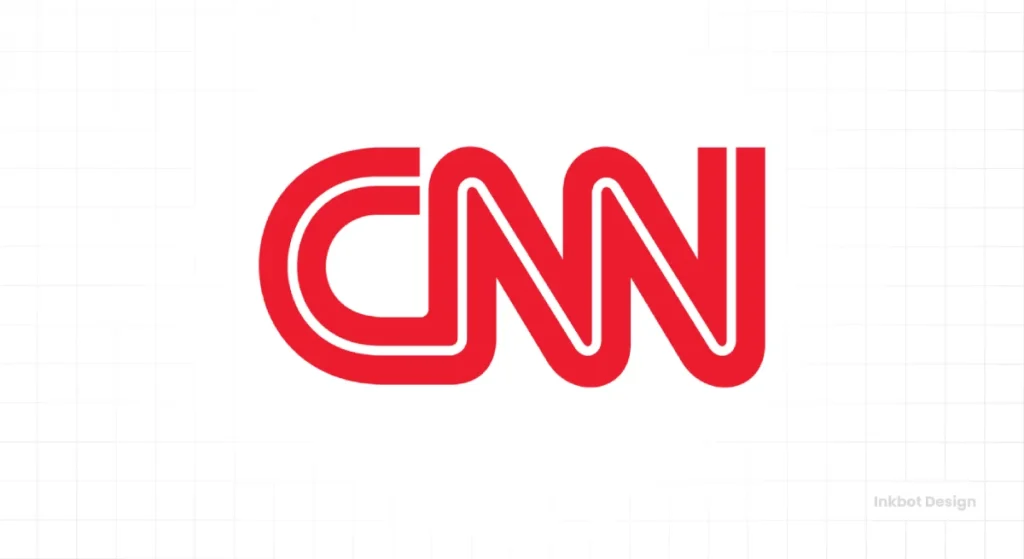
The Lesson: Boldness and authority. The interlocking ‘CNN’ letters, with the ‘N’ bridging the two ‘C’s, create a strong, unified, authoritative mark. The bold, sans-serif typography conveys gravitas and reliability, ideally suited for a news organisation. It’s a visual representation of connection and information flow.
Category 4: Symbols That Evolve and Endure
These brands use a distinct symbol or mark that has adapted or become synonymous with their global presence.
14. Starbucks
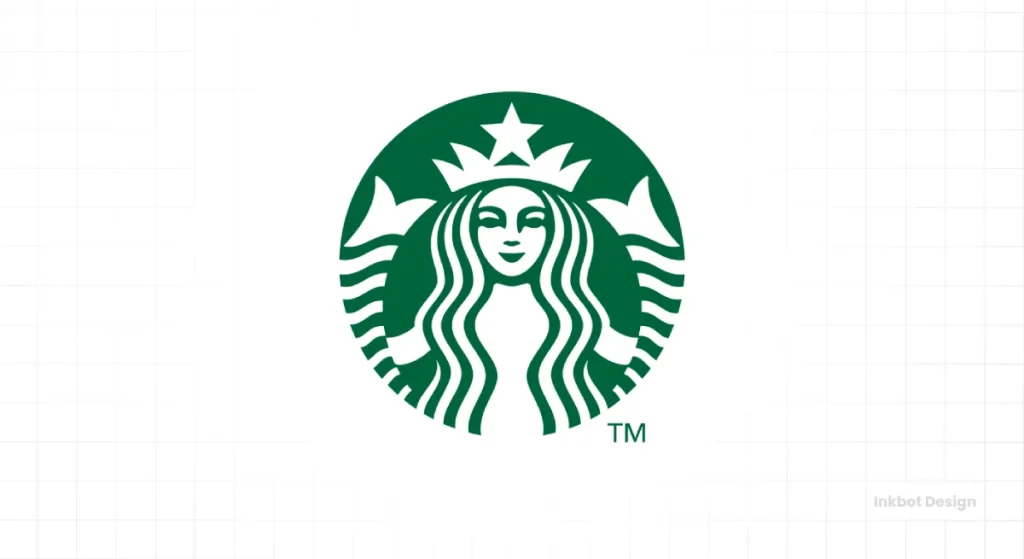
The Lesson: Iterative refinement of a complex symbol. Starbucks’s siren has undergone significant simplification over the decades. What started as a detailed, brown woodcut has evolved into a minimalist, green, unadorned mark. This evolution shows a clear understanding that as a brand grows, its logo often needs to shed complexity to become more versatile and globally adaptable.
15. Shell

The Lesson: Recognisable form, simplified execution. The Shell logo, a scallop shell, has existed in various forms since 1900. Its current iteration is bold, graphically clean, and instantly recognisable worldwide. While simple, the vibrant yellow and red colours provide excellent contrast and stand out, reflecting the energy sector.
16. WWF (World Wide Fund for Nature)

The Lesson: Evocative and universal imagery. The giant panda, designed by Sir Peter Scott, is simple, high-contrast, and immediately communicates the organisation’s mission of wildlife conservation. Its black and white nature makes it incredibly versatile and cost-effective to reproduce, a crucial factor for a non-profit.
17. Mercedes-Benz

The Lesson: Abstract representation of a core promise. The three-pointed star represents the company’s dominance over land, sea, and air – a bold claim captured in a simple, geometric symbol. It conveys luxury, precision, and engineering excellence without a single word, demonstrating the power of abstract symbolism.
18. Chanel
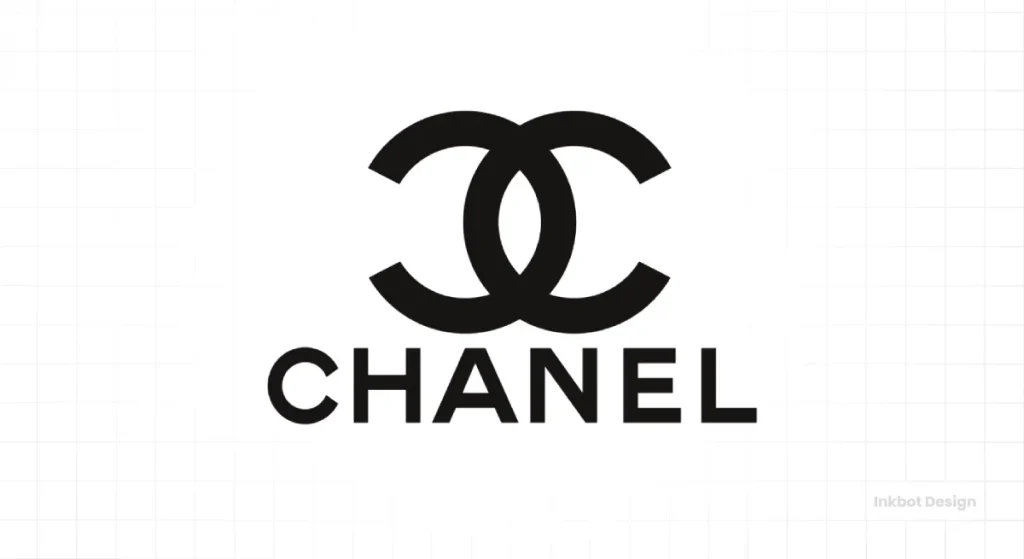
The Lesson: Elegant interlocking and historical resonance. The interlocking double ‘C’s are a classic, elegant mark. Its strength comes from its perfect symmetry, classic serif typography for the accompanying wordmark, and its deep association with luxury, fashion, and Coco Chanel herself. It’s a logo that embodies heritage and sophistication.
Category 5: Modern Classics for a Digital World
These logos thrive in a digital-first environment, proving that simplicity is paramount when viewed on tiny screens and app icons.
19. Airbnb
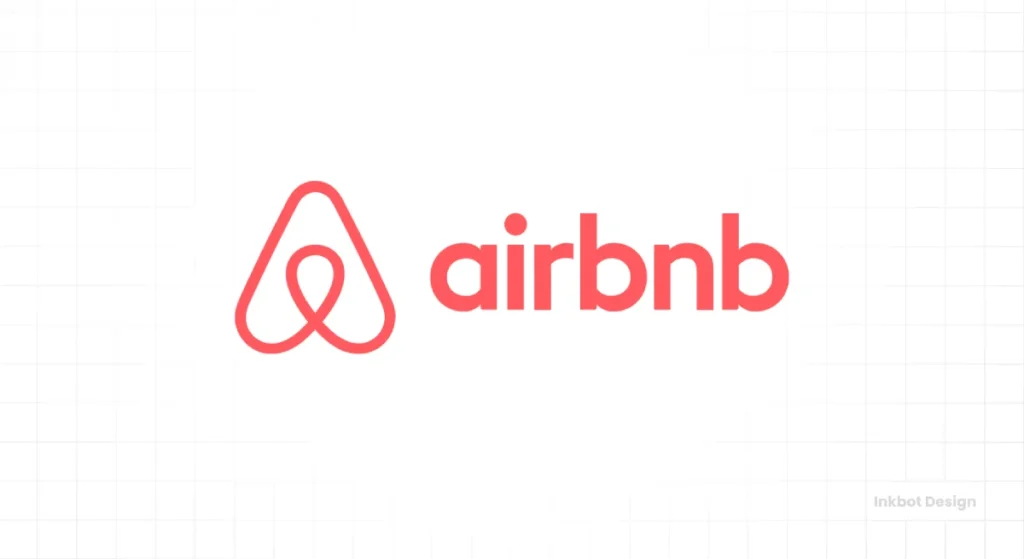
The Lesson: Abstract symbol, universally applicable. The “Bélo” symbol is an abstract representation of belonging, incorporating elements of a heart, a location pin, and the letter ‘A’. It’s simple enough to work as an app icon, versatile across various cultural contexts, and distinct enough to stand out in the crowded sharing economy.
20. Spotify

The Lesson: Dynamic simplicity for a digital service. The green circle with three curved lines represents sound waves or Wi-Fi signals, ideally suited for an audio streaming service. It’s clean, modern, and highly scalable for various digital interfaces, from phone apps to smart speakers.
21. Netflix
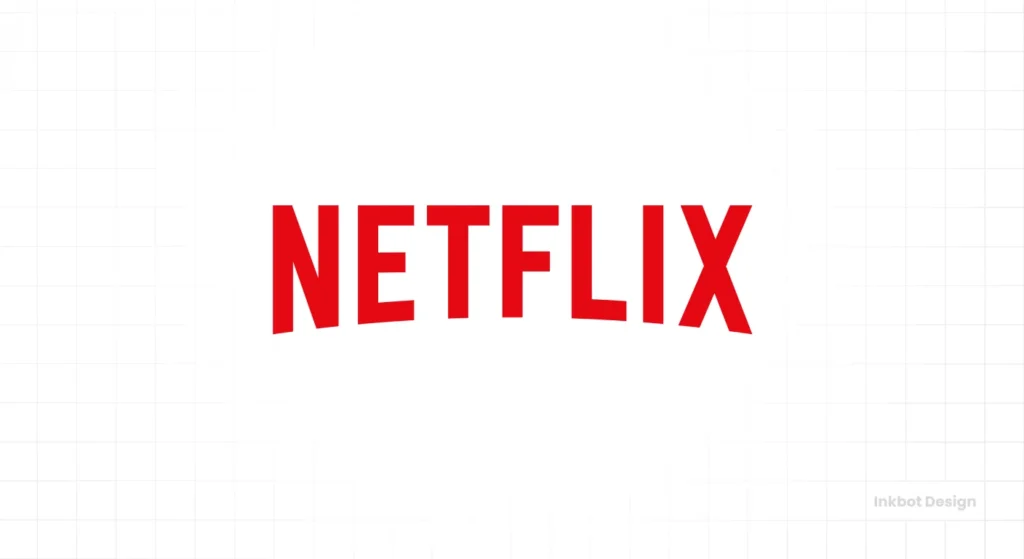
The Lesson: Modern typography with subtle flair. Netflix’s current ‘N’ icon and wordmark use a custom sans-serif font. The “N” folds in on itself, creating a ribbon-like effect that suggests a cinematic screen or a continuous stream. It’s a modern, bold mark that works brilliantly as an app icon and stands out with its distinct red colour.
22. Instagram
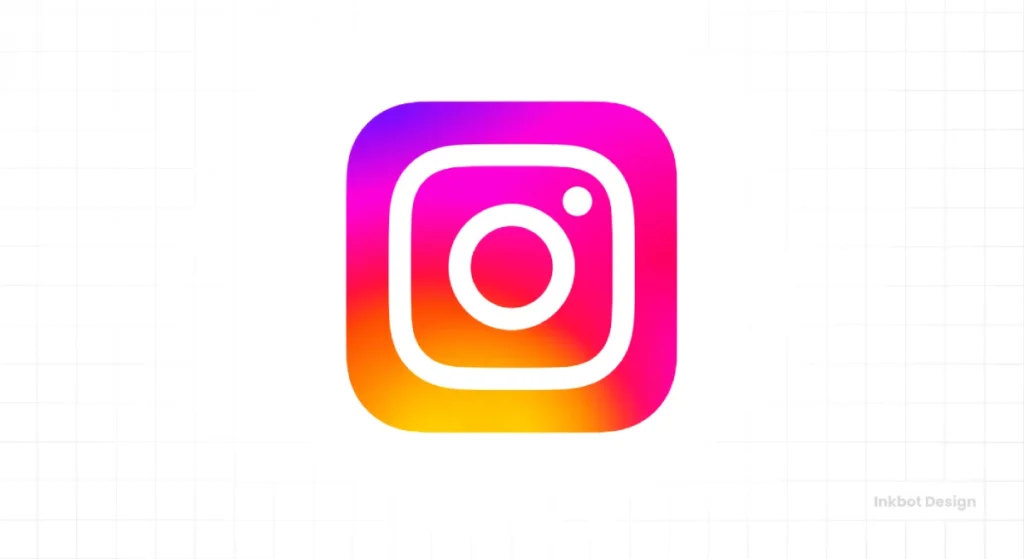
The Lesson: The 2016 redesign was a masterclass in strategic simplification. The company distilled the original logo to its core elements: the basic camera shape. They then overlaid it with a vibrant, instantly recognisable gradient. The move was initially controversial but proved essential, creating a modern mark, unmistakable on a crowded phone screen, and infinitely more versatile than its predecessor.
Category 6: Marks of Heritage and Place
These logos are so ingrained in their respective cultures and contexts that they transcend mere branding and become symbols of identity.
23. London Underground
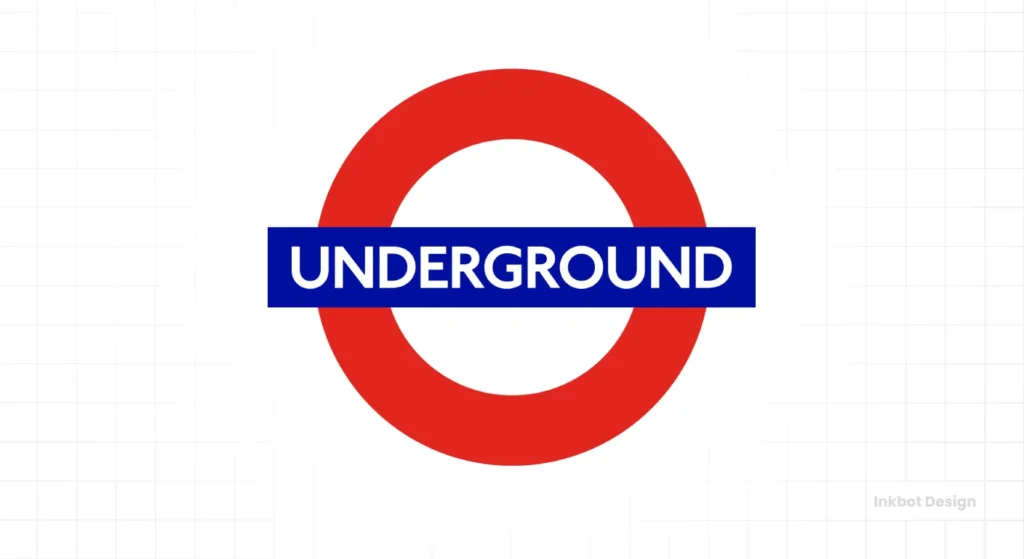
The Lesson: Consistent system and iconic form. The “roundel” – a red circle with a blue bar – designed by Edward Johnston, is one of the oldest and most effective corporate identities. Its strength lies in its simplicity, immediate recognition, and consistent application across a transport network. It’s a prime example of a coherent visual system.
24. I ❤️ NY
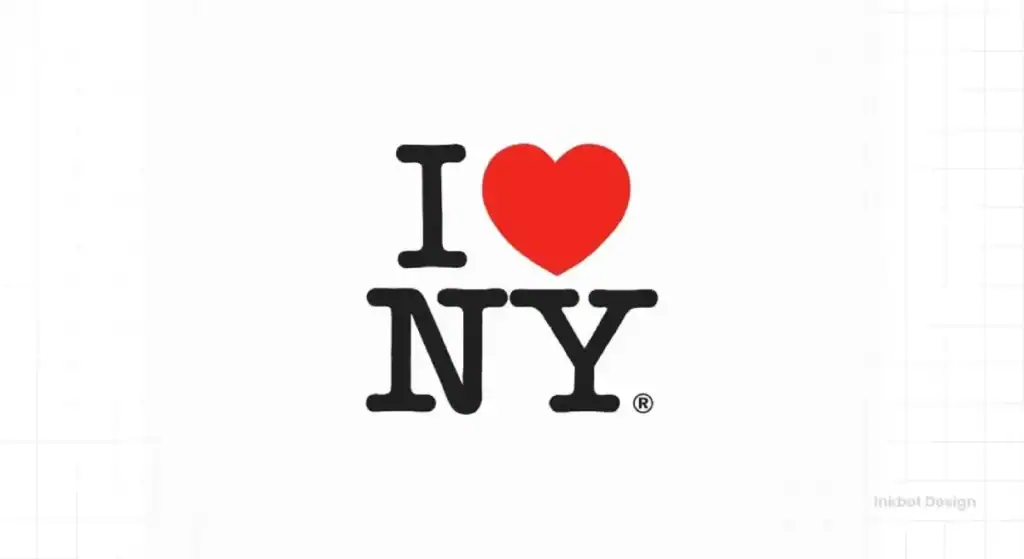
The Lesson: Culturally ubiquitous iconography. Milton Glaser’s I ❤️ NY logo is a brilliant piece of visual communication that has become a global phenomenon. It’s simple, direct, and universally understood, using a heart as a verb substitute. It demonstrates the power of a single, emotionally resonant image.
25. Woolmark
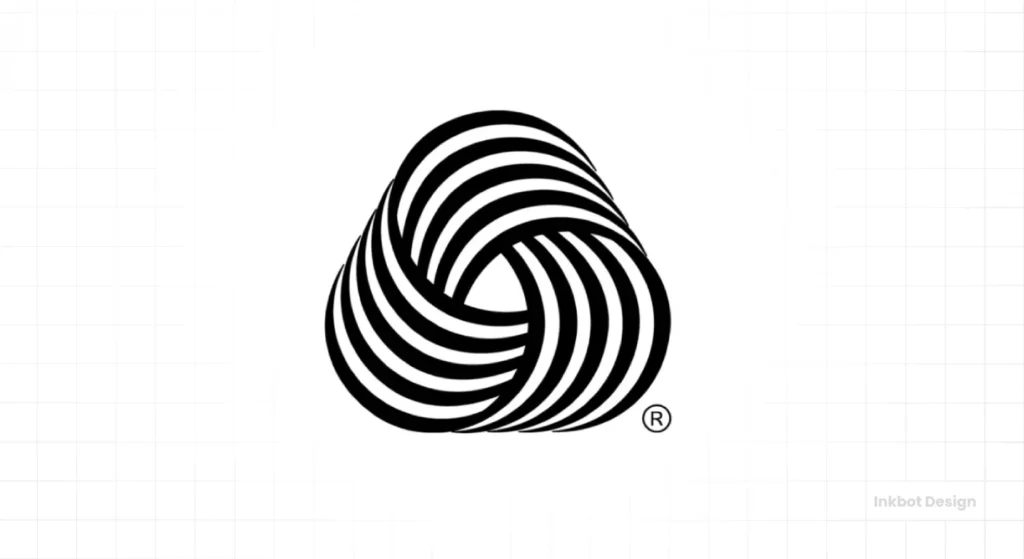
The Lesson: Elegant abstract representation. The Woolmark logo, a stylised skein of yarn, is one of the most effective certification marks globally. Its clean, elegant lines convey quality and natural fibres without being literal. Its simplicity allows it to apply to clothing labels and product packaging worldwide easily.
The Single Biggest Mistake Entrepreneurs Make With Their Logo
Here’s my pet peeve, and it’s a critical one: most entrepreneurs attempt to make their logo explain everything their business does. They want it to be a tiny infographic of their entire mission statement.
This is a fundamental misunderstanding of a logo’s job.
A logo is not a salesperson. It’s an identifier. Its role is to act as a flag, a consistent mark that, over time, becomes associated with your reputation, product quality, and brand experience. Your logo is like a person’s face; it helps you recognise them, but doesn’t tell their life story. That comes through interaction.
The desire to cram every detail into a logo results in cluttered, complex, and utterly forgettable designs that are expensive to reproduce and fail to make any lasting impact. Simplicity is not laziness; it’s strategic clarity.
Your Logo Is a Tool, Not a Masterpiece
Look at these 25 examples again. What’s the common thread? They are, by and large, simple. They are versatile. They don’t try to be clever for cleverness’ sake. They are, above all, functional tools.
A great logo works hard for your business. When designed well and consistently applied, it’s an invaluable strategic asset in building recognition and trust. Focus on function, not fleeting trends. Get the basics right, and let your business fill that simple mark with meaning.
FAQs About Iconic Logos
What is an iconic logo?
An iconic logo is a visual mark instantly recognisable, widely known, and deeply associated with a brand, product, or cultural idea over time.
Why are simple logos often considered iconic?
Simple logos are generally more versatile, easier to remember, and more adaptable across various media, making them highly effective for consistent brand recognition.
Does a logo need a hidden meaning to be iconic?
No. While a clever hidden meaning can be a nice bonus (like in FedEx), it is rarely the primary reason a logo becomes iconic. Simplicity, versatility, and consistent brand building are far more crucial.
Can a new business create an iconic logo?
Yes, in terms of design quality. However, a logo becomes “iconic” through years of consistent use, significant brand investment, and widespread cultural recognition, not just initial design.
What is the most essential characteristic of an iconic logo?
Its ability to identify the brand clearly and memorably allows instant recognition without confusion.
How do colour choices impact an iconic logo?
Colour is vital in recognition and brand association (e.g., McDonald’s red and yellow). Iconic logos use distinct, often limited, colour palettes for substantial impact and versatility.
Is a logotype (wordmark) or a logomark (symbol) better for an iconic logo?
Both can be iconic. The choice depends on the brand’s name, industry, and strategy. IBM uses a logotype, while Nike uses a logomark. Many successful brands use a combination mark.
How important is versatility for an iconic logo?
Critically important. An iconic logo must work effectively at tiny sizes (like an app icon), large scales (a billboard), in different colours, and across various materials without losing impact.
Should a logo be trendy to be iconic?
Generally, no. Trendy logos can quickly become dated. Iconic logos often favour timeless design principles to ensure longevity and avoid needing frequent redesigns.
What role does brand consistency play in a logo becoming iconic?
Consistency is paramount. Relentless, uniform application of a logo across all touchpoints over a long period builds familiarity and embeds the mark into the collective consciousness.
What are the risks of a complex logo?
Complex logos are often less memorable, difficult to reproduce across different media, and can quickly look dated. They also tend to confuse rather than clarify.
Understanding why iconic logos work is the first step toward creating an effective one for your business. Let’s talk if you’re ready to move past vague ideas and invest in a logo that is a powerful tool, not just a pretty picture. Our approach focuses on strategic design that works for your business.
Request a Logo Design Quote today, and let’s build your brand’s visual foundation. You can also explore more insights on our design blog.

